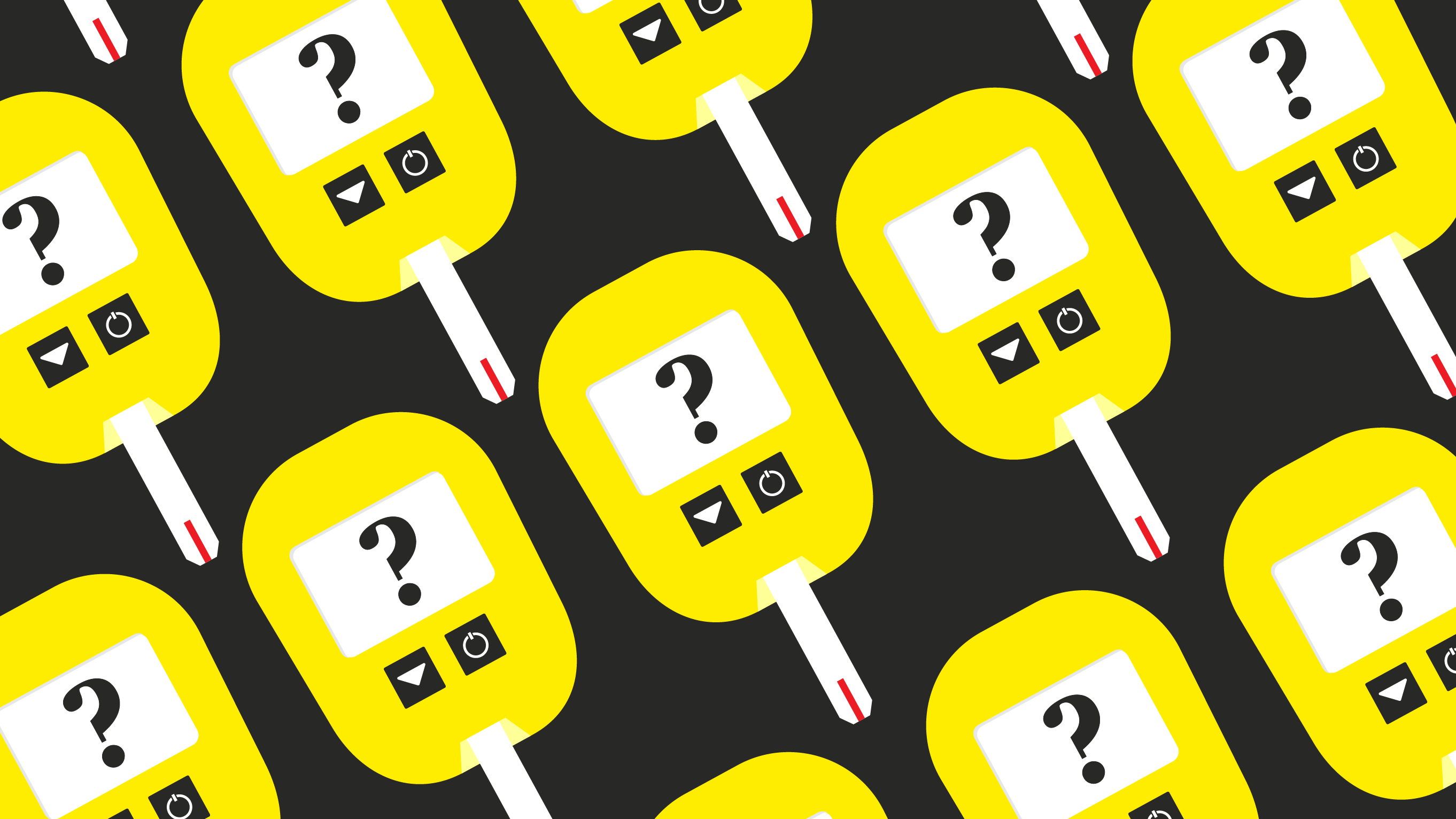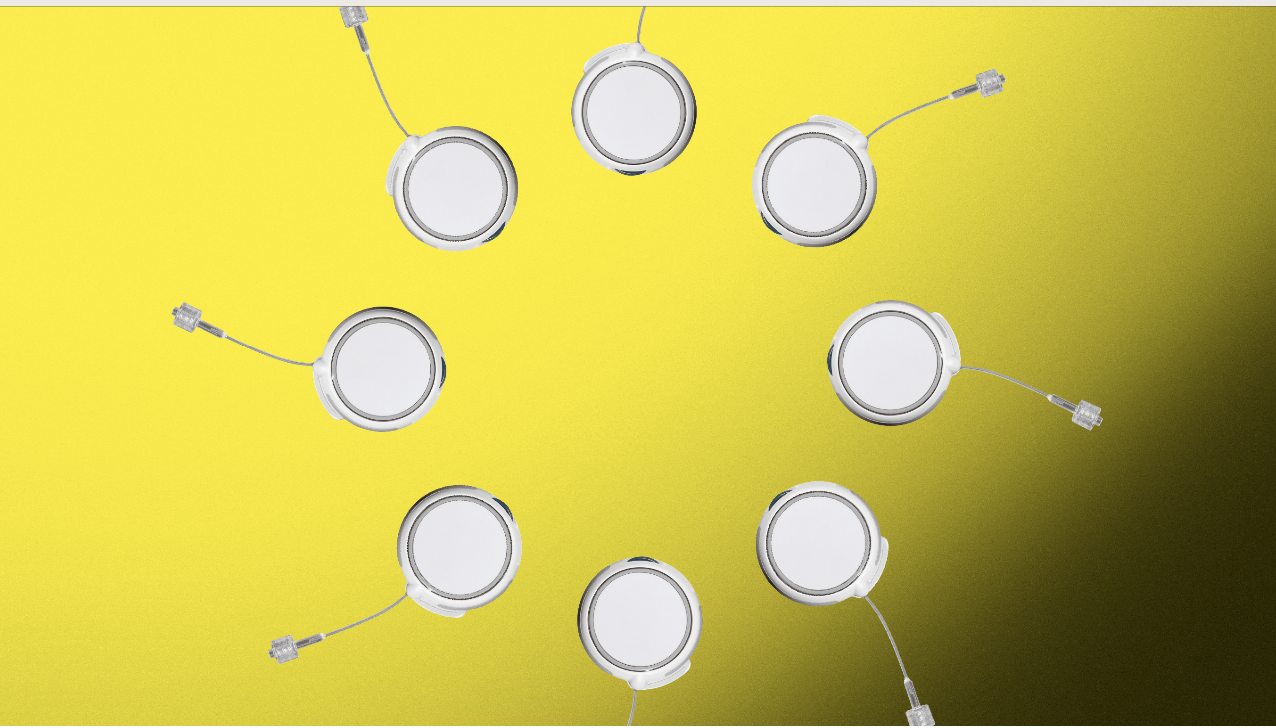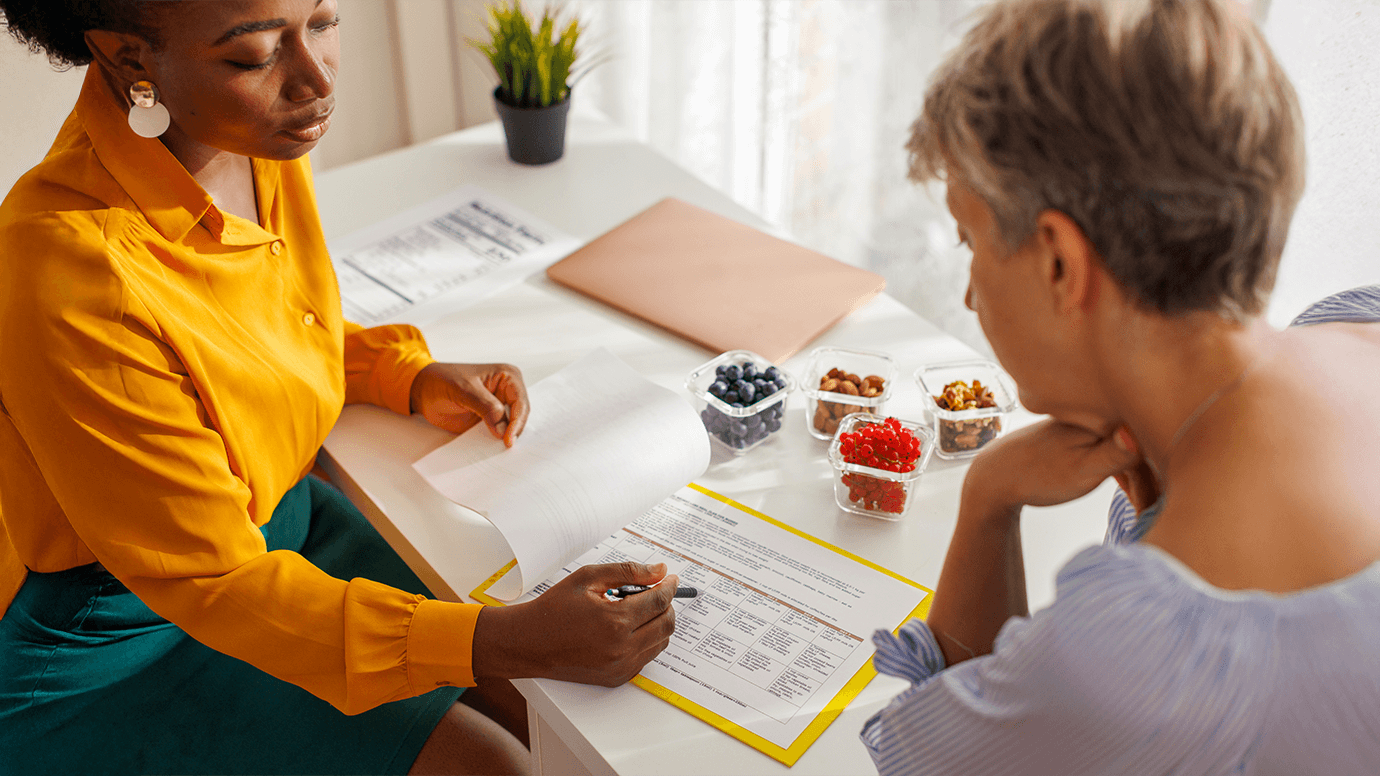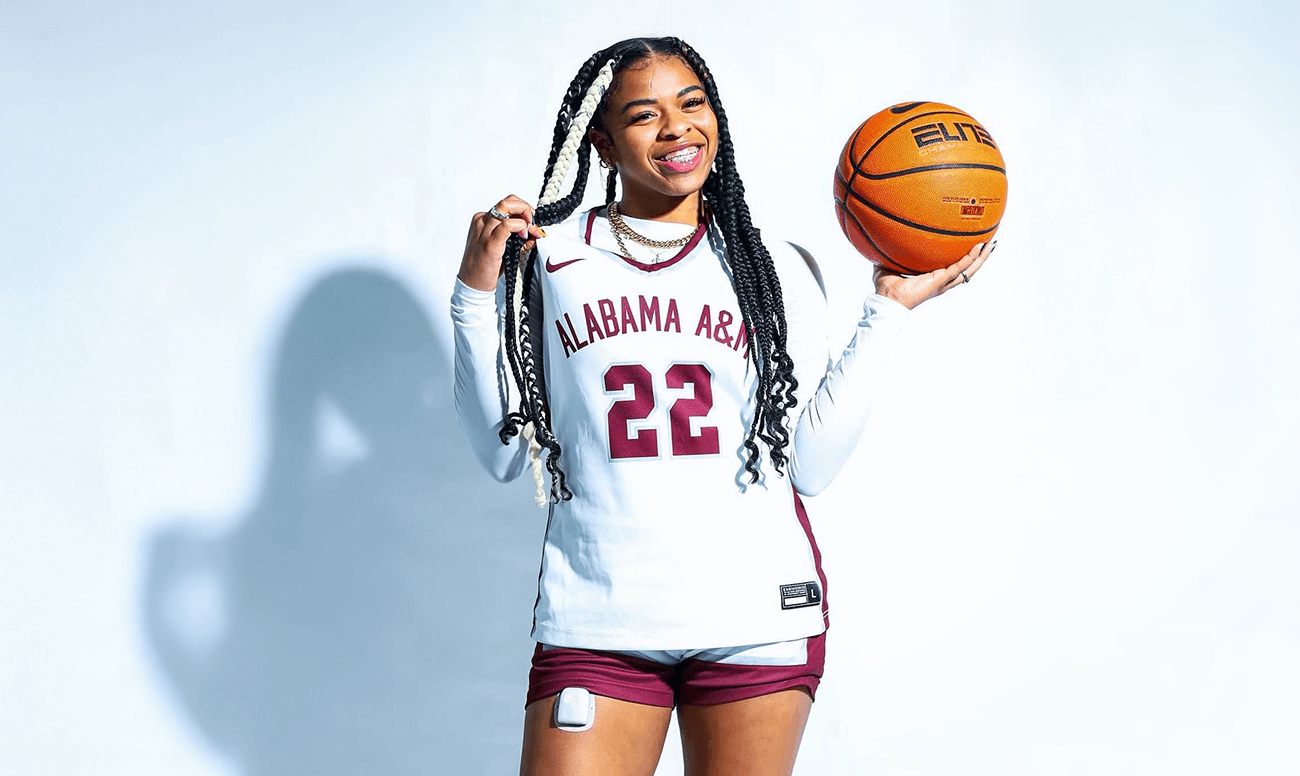How to Use an Insulin Pump to Bolus for Pizza
Written by: Kourtney Johnson
5 minute read
January 10, 2025
You’re out to dinner with friends and could really go for a hot, cheesy slice of pizza. You have diabetes and wear an insulin pump, but you seriously doubt it can bolus effectively for such a high-carb meal.If you have diabetes, managing blood sugar while enjoying foods like pizza can be tricky. Using an insulin pump, however, lets you bolus for pizza easier with precise dosing and extended bolus features to handle slower digestion and glucose spikes.
What are insulin pumps?
Diabetes technology has come a long way in recent years.
Insulin pumps are part of an automated insulin delivery (AID) system, which also includes a continuous glucose monitor (CGM) and an algorithm. These are medical devices that deliver and suspend insulin and are designed to make your life with diabetes easier.
AIDs can:
- Help calculate insulin doses
- Communicate with continuous glucose monitors (CGMs)
- Help prevent high and low blood sugar levels.
What is an insulin pump bolus?
A bolus is an insulin dose from an AID system to manage blood sugar after eating.
Meal boluses are taken before meals, while correction boluses adjust insulin later if blood sugar is high.
What are insulin needs for pizza?
A typical pizza contains fat, protein, and carbohydrates. Carbs raise blood sugar levels when digested, but fat and protein can affect them as well.
Both protein and fat are digested more slowly than carbs, which means there will often be a delayed spike in blood-sugar levels—usually several hours after eating.
Caroline Thomason, RD, CDCES, is based in Washington, D.C. Thomason explains that pizza presents a challenge for those with diabetes because of its high fat and carb content, which makes it hard to accurately forecast and control blood sugar levels. A standard bolus dose of insulin might not be enough to manage the delayed spike in blood sugar levels.
When eating pizza, insulin pumps can split the bolus for better control. Take 50–60% before eating and the rest over 2–4 hours.
Many pumps have extended bolus features, like dual-wave or square-wave settings, to gradually deliver insulin, preventing glucose spikes from high-fat meals.
Work with your healthcare provider to customize this approach based on your pump settings and blood sugar levels.
How to use an insulin pump to bolus for pizza
Step 1: Prepare to eat your pizza
Determining the exact amount of carbs in your pizza can be difficult, but if you’re eating from a chain restaurant, you can find nutrition information on their website.
For a mom-and-pop type of pizza place, you can estimate nutritional information by looking up the details for similar thin-crust or thick-crust pizzas.
Step 2: Double-check your insulin pump
Before digging into your pizza, it’s important to make sure your pump is set up for success.
Check to see how much insulin is in your reservoir and ensure there aren’t any problems with delivery (such as a malfunctioning infusion set).
Step 3: Give a bolus
Now is the time to enter the amount of carbohydrates you’ll be eating.
If you want to deliver the bolus in two parts, you can do so using your pump’s technology.
However, the MiniMed™ 780G system from Medtronic features Meal Detection™ technology*, which is designed to detect rapid rises of sugar levels and then deliver auto-correction doses every 5 minutes to keep levels in range.†
If glucose levels rise, your pump will give automatic correction doses up to every five minutes until levels are back in range.
Step 4: Monitor blood sugar levels post-bolus
Keep an eye on your blood sugar levels for several hours after eating and give a correction dose if needed.
Tips for successful bolusing with an insulin pump
There are a few tips to keep in mind in order to optimize the benefits of your pump.
Talk to your doctor about your basal rate
Basal insulin—the “background” insulin that maintains blood sugar between meals—accounts for about half of your daily insulin. If you notice unfavorable blood sugar trends, consult your doctor about adjusting your basal rate target.
Administer insulin before eating
Remember to administer insulin before eating, as current rapid-acting insulin isn’t as fast as the body’s own. To effectively manage blood sugar when you start eating, it should be given 15-20 minutes prior to meals.
Know your insulin on board
Another benefit of insulin pumps is that they keep track of insulin on board. This is insulin that is still active in your body from a bolus dose, which can continue to bring glucose levels down.
If your glucose is high, it’s helpful to know if you have any insulin remaining from what you gave for your meal when deciding whether to give a correction dose or not.
Consider food sequencing
When eating high-carb foods like pizza, food-sequencing might be something you’d like to try.
“Food sequencing, such as eating a salad or other low-carb, high-fiber foods before the pizza, can be beneficial for managing your blood-sugar levels and may have other benefits like increasing fullness and preventing overeating,” Thomason explains. “Starting with a salad helps to slow the absorption of carbohydrates from the pizza from the fiber, potentially leading to a more gradual rise in blood-sugar levels after eating. The fiber and water content in the salad can also promote satiety, which might influence how much pizza you eat over your meal.”
How to overcome potential challenges of eating pizza with diabetes
As mentioned before, the slow digestion of pizza can impact blood sugar levels by causing them to spike several hours after eating.
Knowing this ahead of time is helpful so you are prepared to keep a close eye on your blood sugar levels and take action if they are high or low.
Slice Through the Myths: Bolusing for Pizza Made Easy
Pizza is a food most people love, but it requires more planning to manage
your blood sugar levels. For that reason, it can be helpful to:
- Take time to prepare by determining the amount of carbs you’ll eat.
- Double-check your insulin pump is correctly working.
- Give a bolus and monitor your blood sugar levels after taking insulin.
Other ways to avoid high blood sugar levels when you eat pizza, include:
- Giving insulin 15 to 20 minutes before eating.
- Making adjustments to your basal rate, if needed, with your physician.
- Paying attention to your insulin on board.
- Pairing your pizza with a low-carb, high-fiber food like salad.
Additional resources
If you’d like to learn more about general diabetes management, nutrition, and insulin pumps, you may find these resources useful:
*Taking a bolus 15 – 20 min before a meal helps to keep blood sugar levels under control after eating.
† Refers to SmartGuard™ feature. Individual results may vary.
The #MiniMed 780G system is for type 1 ages 7 and over. Prescription required. WARNING: Do not use SmartGuard™ feature for people who require less than 8 units or more than 250 units of insulin/day. See bit.ly/780gRisks.
This content was made possible by Medtronic, an active partner of Beyond Type 1.
Beyond Type 1 maintains editorial control over its content.
Related Resources

Hyperglycemia—or high blood sugar—can sneak up on you, whether it’s from a missed dose, a...
Read more

Sequel just announced big news for people living with type 1 diabetes: Its twiist automated insulin...
Read more

Managing what to eat while living with diabetes can feel like trying to cook a...
Read more


